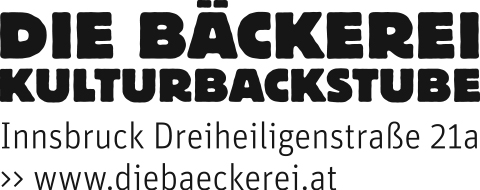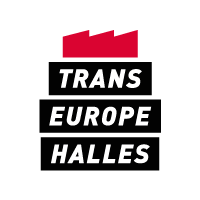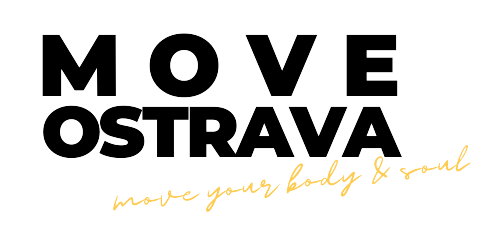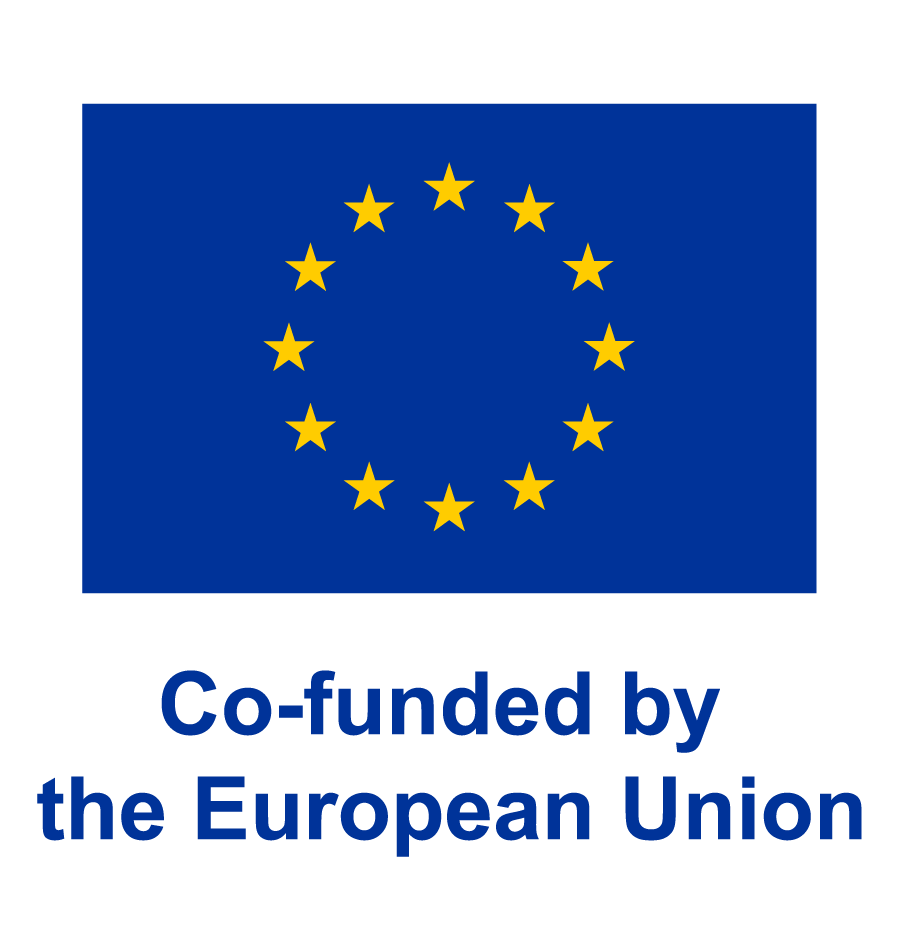The Theory
4 Phases of organisational Development Discribed
1. Pioneering Phase: In the Pioneering Phase, a revered authority holds a comprehensive overview in their consciousness, making intuitive and spontaneous decisions. The leadership culture thrives on spontaneous instructions, encouraging employees who have internalized the pioneer's mindset to act with self-responsibility. This phase offers flexibility and spontaneity, but it can also become willful and chaotic. The crisis point is reached when the overview is lost.
2. Differentiation Phase: Transitioning into the Differentiation Phase involves planning and control, marked by specialists, departments, and regulations. The leadership culture emphasizes job descriptions and management-by-objectives, sometimes linked to bonus systems. While it brings transparency and standardization, it may also introduce bureaucratic tendencies and departmental thinking. The crisis emerges as the system freezes and succumbs to inertia.
3. Integration Phase: The Integration Phase is characterized by widespread self-management and self-control of decentralized entities in constant communication. The leadership culture revolves around radical open dialogue, vision, values, flexible objectives, and continuous learning. Leaders act as facilitators and supporters. This phase offers transparency and flexibility but may lead to isolated solutions without collaboration with suppliers and partners. The crisis manifests as self-absorption.
4. Association Phase: Advancing into the Association Phase involves cooperation in networks that may even dissolve organizational boundaries. The leadership culture aligns with the Integration Phase but adds common learning processes across organizational boundaries and interfaces. This phase brings transparency, flexibility, and a network organization, encouraging complex thinking for intricate problems. While it offers advantages, it demands new challenging competencies.

The practice
The task is to - as a group - create visual representations of each organisational development phase. Use shapes, colours, make connections, but stay in the abstract.
Depending on the group size, create groups of max. 4-5 people.
Take a large piece of paper (flip-chart size), per group Make sure you have plenty of crayons, markers, etc. The exercise is done in silence. So no talking amongst each other during the work. Do not use writing or overcoded symbols (like logos), just abstract shapes, colours, connections. 5 Mins working time per round. Then move on to the next phase.
Every following phase gets drawn on top of the already existing representation of the past phase. If you are more than one group, swap working sheets after each round so that every group builds on the work of another group.
Sequence
Each group creates a visual representation of the pioneer phase (5mins). Without break, move on to the next phase (and swap worksheets, in case you’re more than one group)
Each group creates a visual representation of the differentiation phase.
Each group creates a visual representation of the integration phase.
Bring all groups and worksheets together and create one representation of the association phase
Each group reflects on their process. What did I learn about leading and cooperating in each phase?








